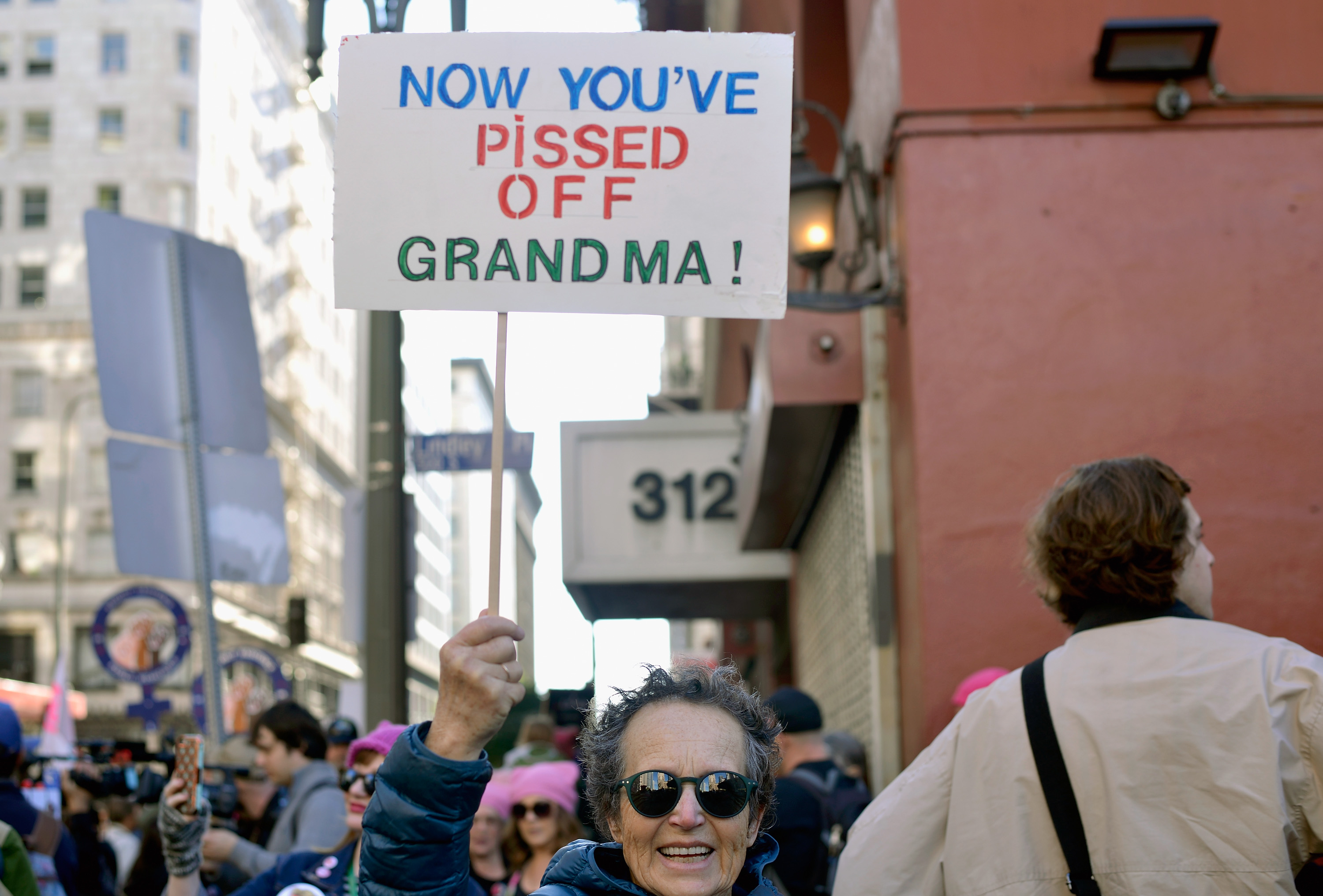In the annals of American history, 2017 will likely be remembered as a year of hate. According to a new report from the Anti-Defamation League, 2017 ranked as the fifth-deadliest year for extremist violence since 1970. That spike came thanks primarily to a surge in white supremacist activity, from 20 percent of extremist-related deaths in 2016, to 59 percent last year.
“These findings are a stark reminder that domestic extremism is a serious threat to our safety and security,” ADL Chief Executive Officer Jonathan Greenblatt said in a statement. “We saw two car-ramming attacks in the U.S. last year—one from an Islamic terrorist in New York and another from a white supremacist in Charlottesville—and the number of deaths attributed to white supremacists increased substantially. The bottom line is we cannot ignore one form of extremism over another.”
While the ADL’s report does not explicitly lay the rise of white supremacist violence at the feet of President Donald Trump, the causality is clear: Trump’s norm-shattering presidency has opened the floodgates for white supremacy, xenophobia, and all manner of ideological extremism.
Obviously, this trend didn’t start with Trump. According to a 2015 analysis from the Southern Poverty Law Center, right-wing hate groups have been steadily on the rise for the last two decades, with an average of one domestic terrorist incident every 34 days. Even the slight decline of right-wing terror organizations under the Obama administration didn’t translate into a decline in violence: A 2017 Center for Investigative Reporting analysis found that there were nearly twice as many far-right attacks between 2008 and 2016 as there were radical Islamic attacks.
The spike in white supremacist violence in the last year suggests that Trump’s fiery rhetoric has, in fact, risen to the level of incitement. Indeed, the president made a point of translating the intense energy of his campaign rallies into calls for thuggery; following the August “Unite the Right” rally in Charlottesville, an incident that Greenblatt described as “a watershed moment for the white supremacist movement,” Trump’s attempt to lay blame on “both sides” despite one Nazi-obsessed Army washouts vehicular murder of a counter-protester were a clear signal to white supremacists and neo-Nazis: For the first time in decades, the gloves can come off.
If the Obama years were a call to arms for the “dark and constant rage” the ADL believes has permeated the more ideologically extreme elements of right-wing America for the past 25 years, Trump’s campaign and subsequent first year in office appears to have been a call to action for that faction. But it’s worth noting Newton’s third law applies even to American politics: For every action, there is an equal and opposite reaction.

(Photo: Chelsea Guglielmino/Getty Images)
Consider the 2017 Women’s March that brought more than two million people from around the world to Washington, D.C., for the largest single-day protest in United States history. The march didn’t just reportedly anger a president who had a documented history of misogyny, it acted as a launching point for progressive political activity. Consider too that, in the year since Trump’s victory, EMILY’s List, a political action committee focused on getting pro-choice Democratic female candidates elected, heard from more than 26,000 women interested in running for office, Vox reports. (That marks a 20-fold increase over the interest typically expressed in that time period.) That momentum has carried into 2018: The 2018 Women’s March, which took place over the weekend, saw hundreds of thousands gather together in cities and towns across America. This movement has optics, sure, but, just as importantly, it also has a clear vision: The March organizers recently launched a multi-state voter registration push, with the hope of galvanizing one million new voters.
Just as the Tea Party coalition arose following President Barack Obama’s election, Trump’s brash manner of politics has jolted Americans into action. It’s unlikely that white supremacist violence will decline in the coming years—but if the 2018 Women’s March is any indication, progressive activists are ready for a fight.





